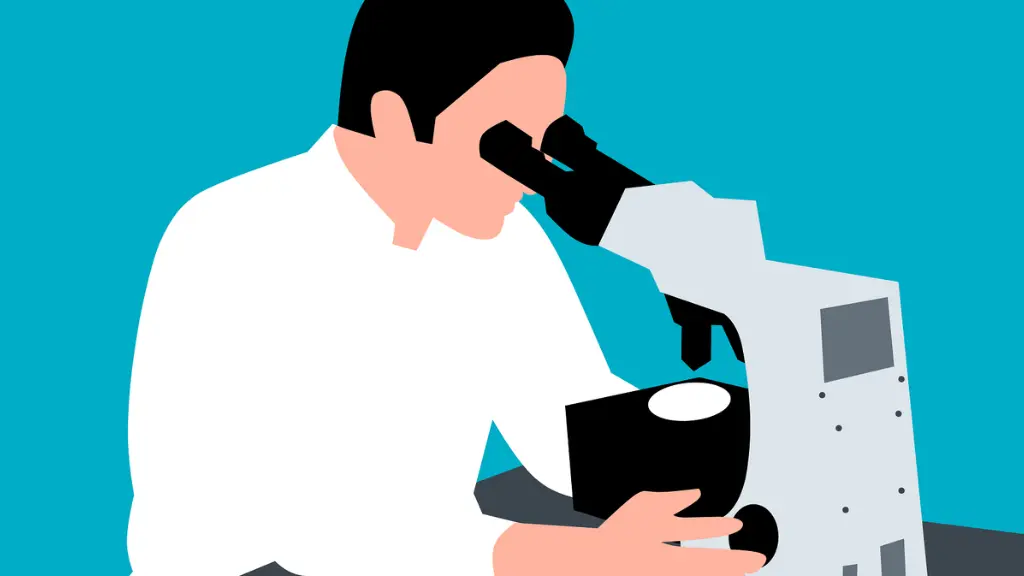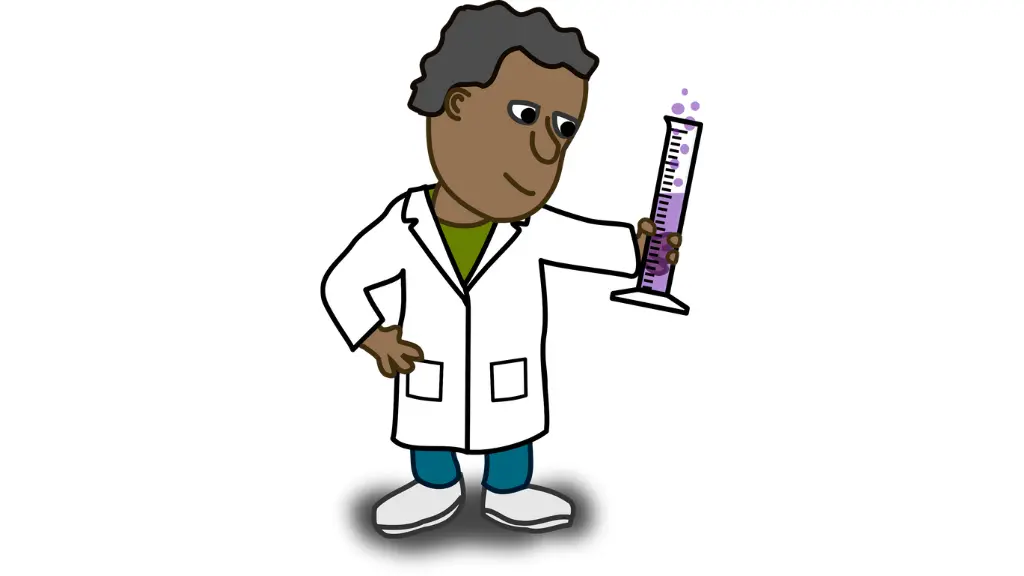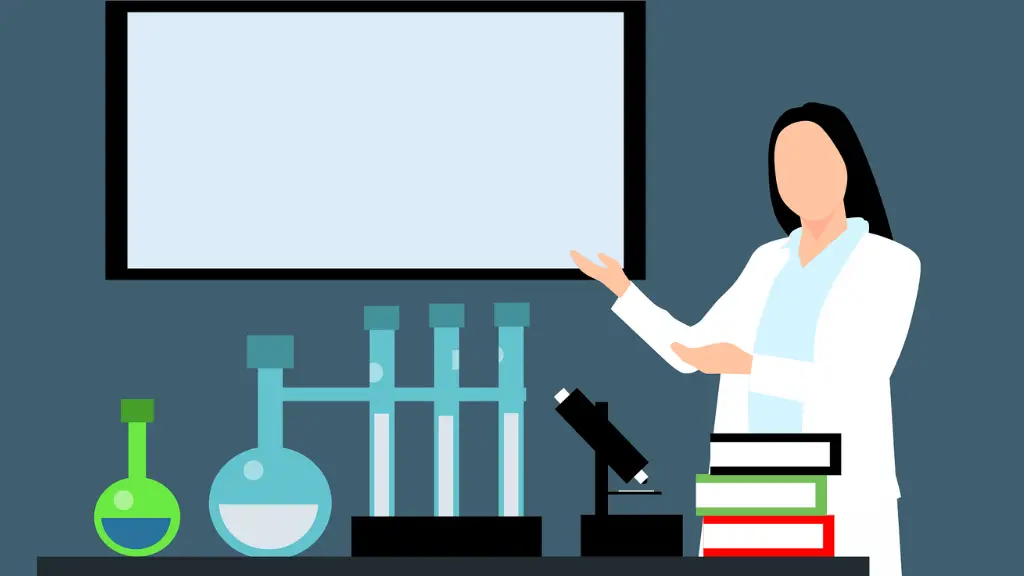

As a NASA scientist, I have had the privilege of working on some of the most exciting and groundbreaking projects in the field of space exploration. From studying the composition of distant planets to developing new technologies for space travel, my work has been both challenging and rewarding.
One of the most exciting aspects of being a NASA scientist is the opportunity to work with some of the brightest minds in the world. Collaborating with colleagues from a variety of disciplines, including physics, engineering, and astronomy, has allowed me to gain new insights and perspectives on the work we do.
At NASA, we are constantly pushing the boundaries of what is possible in space exploration. Whether it’s developing new propulsion systems or searching for signs of life on other planets, our work is driven by a sense of curiosity and a desire to understand the universe around us. As a NASA scientist, I am proud to be a part of this exciting and important mission.

As a NASA scientist, I am proud to be part of an organization that has a rich history of groundbreaking discoveries and achievements. Over the years, NASA has employed some of the most brilliant minds in the fields of engineering, physics, chemistry, and astronomy.
One of the most notable figures in nasa scientist history is james hansen scientist, a nasa climate scientist who played a key role in raising awareness about global warming. Hansen’s research on the effects of greenhouse gases on the Earth’s climate was groundbreaking and helped to shape the public’s understanding of the issue.
Another notable figure is astronaut Piers Sellers, who flew on three space shuttle missions and conducted numerous spacewalks. Sellers was a key member of the team that worked on the Hubble Space Telescope and helped to repair and upgrade the telescope during a spacewalk in 2002.
NASA scientists have achieved many key milestones over the years. One of the most significant was the Apollo 11 mission, which saw astronauts Neil Armstrong and Buzz Aldrin become the first humans to walk on the moon. This achievement was the culmination of years of research and development, and it marked a major milestone in human history.
Another key milestone was the launch of the science news space Telescope in 1990. The telescope has since revolutionized our understanding of the universe, providing stunning images of galaxies, stars, and other celestial objects.
Today, NASA scientists continue to push the boundaries of what is possible, conducting research and developing new technologies that will help us explore the universe and better understand our place in it.
As an NASA scientist, I am proud to be part of this legacy, and I look forward to the exciting discoveries and achievements that lie ahead.

As a NASA scientist, I am proud to be part of an organization that has made significant contributions to various fields of science. NASA’s scientific research has helped us understand our planet, explore the universe, and develop new technologies.
NASA’s climate research has played a crucial role in understanding the Earth’s climate system. Our scientists have used union of concerned scientists satellite database to monitor changes in the Earth’s temperature, sea level, and atmospheric composition. This research has helped us understand the causes and effects of climate change and has led to the development of new technologies to mitigate its impact.
NASA’s space exploration program has been at the forefront of human spaceflight for over six decades. We have sent humans to the moon, launched numerous robotic missions to explore our solar system and beyond, and have even sent spacecraft to study the sun. Our scientists have made groundbreaking discoveries, including the first evidence of liquid water on Mars and the discovery of exoplanets outside our solar system.
NASA’s technological advancements have not only helped us explore space but have also led to numerous innovations that have improved life on Earth. Our research has led to the development of new materials, medical technologies, and energy-efficient technologies. In addition, our scientists have developed technologies that have revolutionized the way we communicate, including the development of satellite communication systems.
In conclusion, NASA’s scientific contributions have been significant and have impacted various fields of science. Our research has helped us understand our planet, explore the universe, and develop new technologies. As a NASA scientist, I am proud to be part of an organization that continues to push the boundaries of scientific discovery.

As a NASA scientist, I am involved in several exciting satellite programs that are currently underway. One of the most notable programs is the Orbiting Carbon Observatory (OCO-3) mission, which is designed to measure atmospheric carbon dioxide levels and provide important data on the Earth’s carbon cycle. The OCO-3 satellite was launched in 2019 and is expected to provide valuable information for climate research for years to come.
Another program that I am involved in is the GRACE-FO mission, which is a joint project between NASA and the German Research Centre for Geosciences. This program uses two satellites to measure changes in Earth’s gravitational field, which can provide important data on changes in the planet’s water cycle, ice sheets, and more.
NASA also collaborates with many international organizations on various projects and missions. One such collaboration is with the European Space Agency (ESA) on the Sentinel-6 Michael Freilich mission, which is designed to measure sea level changes with high accuracy. This mission is part of the Copernicus program, which is the European Union’s Earth observation program.
Additionally, NASA is working with the Japan Aerospace Exploration Agency (JAXA) on the Global Precipitation Measurement (GPM) mission, which uses a network of satellites to provide global precipitation measurements. This data is used for a variety of purposes, including weather forecasting, disaster response, and climate research.
Overall, these satellite programs and international collaborations are just a few examples of the exciting work that NASA scientists are involved in. Through these projects, we are able to gain valuable insights into our planet and its many complex systems, which can help inform important decisions and policies for years to come.

As a NASA data scientist, I am proud to be part of an organization that values the power of data. NASA has always been at the forefront of scientific discovery, and our use of data science has allowed us to make even greater strides in understanding our universe.
At nasa scientist, we deal with massive amounts of data collected from our spacecraft, telescopes, and other instruments. To manage this data, we have developed several big data initiatives. These initiatives include the Earth Observing System Data and Information System (EOSDIS), which manages data from Earth observation missions, and the Planetary Data System (PDS), which manages data from planetary missions.
These initiatives allow us to store, manage, and analyze vast amounts of data. By using advanced tools and techniques, we can extract valuable insights from this data and gain a better understanding of our planet and the universe.
To analyze this data, we use a variety of analytical tools and techniques. These include machine learning, data mining, and predictive analytics. We also use visualization tools to help us understand the data and communicate our findings to others.
One example of our use of data science is in the study of exoplanets. By analyzing data from telescopes such as the Kepler Space Telescope, we can identify planets outside of our solar system and learn more about their properties. This data has allowed us to discover thousands of exoplanets and has expanded our understanding of the universe.
In conclusion, as a NASA data scientist, I am proud to be part of an organization that values the power of data. By using advanced tools and techniques, we can extract valuable insights from vast amounts of data and gain a better understanding of our universe.

As a NASA scientist, I am proud to say that our agency plays a significant role in education and outreach. We believe that engaging with the public and academic institutions is essential to inspire the next generation of scientists and engineers. NASA’s education and outreach efforts are focused on creating opportunities for students and the public to learn about our missions, research, and discoveries.
NASA’s public engagement efforts include a variety of programs and activities that aim to educate and inspire people about space exploration and science. These programs include public lectures, exhibitions, and events that are designed to engage people of all ages. NASA also offers online resources, such as virtual tours and educational videos, that are accessible to anyone with an internet connection.
One of the most popular nasa scientist engagement programs is the “NASA at Home” initiative, which was launched in response to the COVID-19 pandemic. This program provides a wide range of virtual resources, including educational activities, videos, and live events, to engage and inspire people at home.
NASA partners with academic institutions to provide opportunities for students to gain hands-on experience in science, technology, engineering, and math (STEM) fields. These partnerships include internships, fellowships, and research opportunities for students at all levels.
One of the most significant nasa scientist academic partnerships is the NASA Space Grant program, which provides funding and support to universities across the United States. This program supports research, education, and public outreach activities related to space exploration and STEM fields.
Overall, NASA’s education and outreach efforts are critical to inspiring the next generation of scientists and engineers. By engaging with the public and academic institutions, we hope to create a more informed and scientifically literate society.

As a NASA scientist, I face several challenges while conducting research and experiments. In this section, I will discuss two major challenges that NASA scientists encounter on a regular basis.
One of the primary challenges that NASA scientists face is obtaining adequate funding and resources for their projects. NASA is a government agency, and its budget is subject to fluctuations based on political and economic factors. As a result, securing funding for long-term projects can be challenging. Additionally, the cost of equipment and materials required for research can be exorbitant, making it difficult to conduct experiments without proper funding.
To overcome this challenge, NASA scientists must be creative in their approach to securing funding. They may need to seek out private funding or collaborate with other organizations to obtain the resources they need. Additionally, they may need to prioritize their research projects and focus on those that are most likely to yield significant results.
Another challenge that NASA scientists face is navigating the complex policies and administrative procedures of the agency. NASA is a large organization with many departments and regulations, which can make it difficult for scientists to get their projects approved and implemented.
To overcome this challenge, NASA scientists must be knowledgeable about the policies and procedures of the agency. They must also be able to effectively communicate their research goals and results to administrators and policymakers. Additionally, they may need to collaborate with other scientists and departments within NASA to ensure that their projects align with the agency’s overall goals and objectives.
In conclusion, as a NASA scientist, I must navigate several challenges to conduct research and experiments. By being creative in securing funding and resources, and knowledgeable about agency policies and procedures, I can overcome these challenges and continue to make important contributions to the field of space exploration.

As a NASA scientist, I am excited about the future directions of our research. Our goal is to continue pushing the boundaries of space exploration and discovery. In this section, I will discuss some of the innovative exploration techniques and interdisciplinary studies that we are currently pursuing.
One of the most exciting areas of NASA research is the development of innovative exploration techniques. We are constantly looking for new ways to explore our solar system and beyond. For example, we are currently developing new spacecraft that can travel faster and farther than ever before. These spacecraft will allow us to explore new regions of space and gather data that was previously inaccessible.
Another area of focus is the development of new propulsion systems. We are exploring new technologies that could allow us to travel faster and more efficiently through space. This could enable us to reach distant planets and moons in a fraction of the time it currently takes.
NASA research is highly interdisciplinary, and we are constantly collaborating with scientists from other fields to advance our understanding of the universe. For example, we are working with geologists to better understand the geology of other planets and moons. We are also collaborating with biologists to study the effects of space travel on the human body.
One of our most exciting interdisciplinary projects is the Mars 2020 mission. This mission will use a rover to explore the surface of Mars and collect samples that will be returned to Earth for analysis. This project involves collaboration between scientists from a wide range of fields, including geology, biology, and engineering.

Overall, the future of nasa scientist research is bright. We are constantly pushing the boundaries of what is possible and exploring new regions of space. With innovative exploration techniques and interdisciplinary studies, we are poised to make groundbreaking discoveries that will advance our understanding of the universe. See more articles like this by clicking here: Earth Systems: Understanding the Interconnected Components of Our Planet.